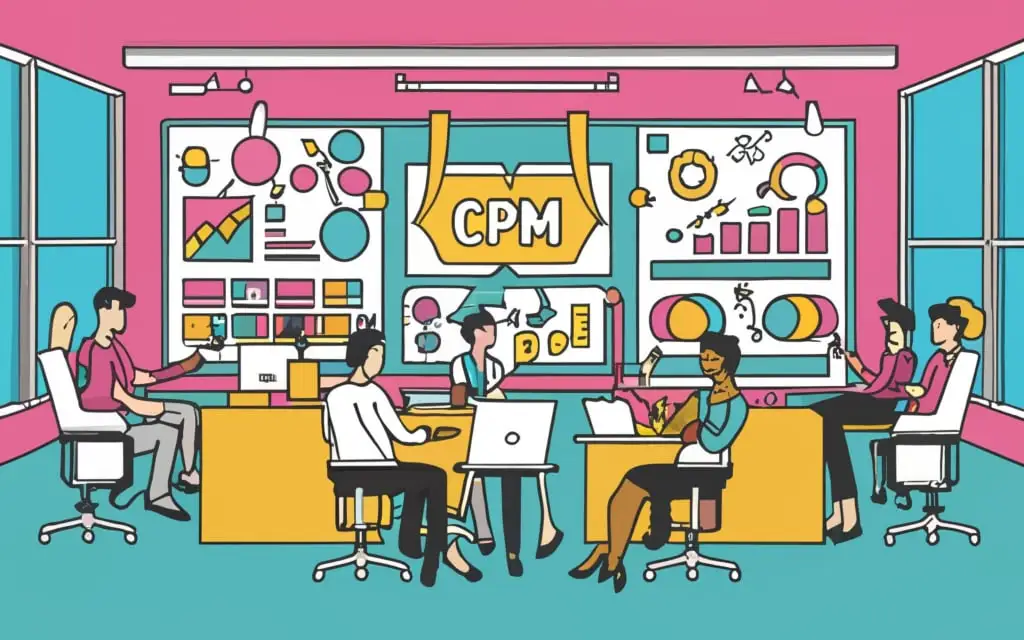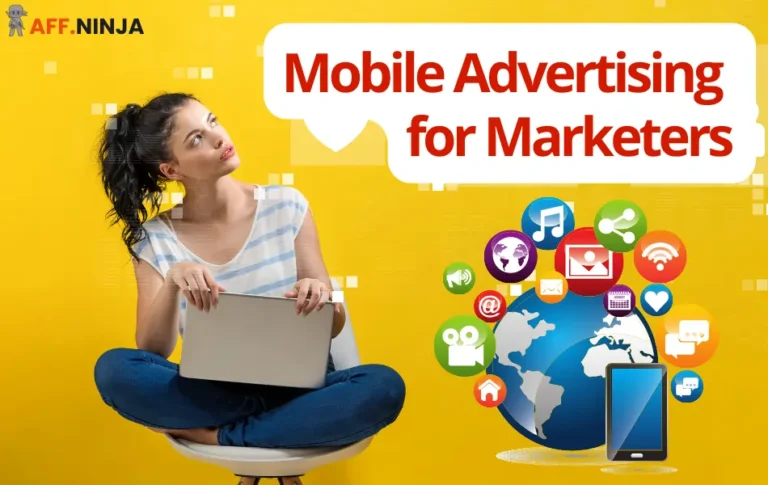Have you heard about the CPM Advertising?
Well, I guess you might have stumbled upon this, and it is worth mentioning that Cost Per Mille (CPM) advertising has emerged as a pivotal strategy for boosting ad visibility and cost efficiency. For marketers aiming to optimize their advertising budgets and ensure their messages reach the right eye, understanding CPM is essential.
CPM, which calculates the cost for every thousand impressions an ad receives, offers marketers a clear picture of their campaign's reach and audience engagement.
Now let's take a closer look at this advertising model and know how it can help us!
Cost Per Mille (CPM) is an advertising metric that measures the cost of one thousand ad impressions. An impression occurs each time an ad is displayed to a user. CPM is widely used in digital marketing to assess the efficiency and reach of ad campaigns, allowing advertisers to budget effectively and maximize visibility across various platforms by paying for exposure rather than clicks or actions.
CPM Advertising With Its Key Parameters

CPM (Cost Per Mille) advertising is a pricing model where advertisers pay for every 1,000 impressions their ad receives. An impression is counted each time an ad is displayed to a user, making CPM a useful metric for campaigns aimed at increasing brand visibility and awareness.
Key parameters that CPM advertising can include are:
To Calculate CPM (Cost Per Mille) Advertising, Use the Formula:
CPM = (Total Cost of the Campaign / Total Impressions)×1000
For example, if your campaign costs $500 and garners 100,000 impressions, the CPM would be:
CPM = (500/100,000) x 1000 = $5
This means you pay $5 for every 1,000 impressions your ad receives.
What Affects CPM Rates?
CPM rates can change a lot depending on a few key things:
- Website Topic: Sites about money or tech usually get higher CPM rates than those about less competitive topics.
- Audience Quality: Who's looking at the ads matters. Ads seen by people who are more likely to buy stuff usually cost more.
- Ad Type: Different kinds of ads cost different amounts. Video ads, for example, often cost more because they're more engaging.
- Ad Size: Bigger ads usually cost more because they're harder to miss.
- Where the Audience Is: Ads seen by people in wealthier areas usually cost more.
- Ad Network: Some ad networks charge more because they have better reach and targeting.
| Factor | Impact on CPM Rates |
|---|---|
| Website Topic | Money/Tech Vertical = Higher CPM |
| Audience Quality | High-Quality Audience = Higher CPM |
| Ad Type | Video Ad > Banner Ad > Pop-up Ad |
| Ad Size | Bigger Ad Size = Higher CPM |
| Where the Audience Is | Wealthy Areas = Higher CPM |
| Ad Network | Premium Networks = Higher CPM |
Knowing what affects CPM can help marketers and media buyers get the most bang for their buck. By focusing on high-CPM factors, they can make their ads more visible and effective without spending a fortune.
Top CPM Advertising Strategies
Comparing CPM with Other Advertising Models
Understanding the differences between various advertising models is essential for optimizing your marketing strategy. Here’s a comparison of CPM (Cost Per Mille) with CPC (Cost Per Click) and CPA (Cost Per Action):
| Advertising Model | Cost Basis | Payment Trigger | Best For | Typical Clients |
|---|---|---|---|---|
| CPM (Cost Per Mille) | Cost per 1,000 impressions | Ad seen by users | Brand awareness | Brand advertisers |
| CPC (Cost Per Click) | Cost per click | User clicks on ad | Traffic generation | E-commerce, lead generation |
| CPA (Cost Per Action) | Cost per acquisition/action | User completes action (e.g., purchase) | Conversion-focused campaigns | Performance marketers |
Each Model Serves Different Purposes:
- CPM is ideal for increasing brand visibility.
- CPC focuses on driving traffic to websites.
- CPA targets conversions and specific user actions.

HilltopAds
HilltopAds is a leading CPM ad network that offers publishers high-paying ad formats like popunders, in-page push notifications, and video ads. With rates ranging from $3 to $5, advanced targeting options, and a user-friendly platform, HilltopAds is a preferred choice for many website owners looking to maximize their ad revenue.
Common Pitfalls of Using CPM
While CPM (Cost Per Mille) advertising can be effective for brand awareness, it comes with several pitfalls. One major issue is ad viewability and fraud; ensuring ads are seen by real users is challenging due to bots generating fake impressions.
Ad blindness is another concern; users often ignore ads, reducing engagement despite high impression counts. Additionally, limited control over ad placement can result in ads appearing on low-quality or irrelevant sites, potentially harming the brand image.
Finally, low conversion rates are a common drawback, as CPM focuses on impressions rather than actions, making it less effective for campaigns aimed at driving immediate sales or leads.
Common Queries Related to CPM Advertising
What are the Benefits of CPM Advertising?
CPM is effective for increasing brand awareness and reaching a broad audience, making it ideal for visibility-focused campaigns.
What Types of Ads Work Best with CPM?
Display ads, video ads, and banner ads typically perform well with CPM due to their high visibility and engagement potential.
How Does CPM Differ from CPC?
CPM charges per 1,000 impressions, while CPC (Cost Per Click) charges only when a user clicks on the ad.
Can CPM Rates Vary by Industry?
Yes, CPM rates can vary widely by industry, with sectors like healthcare and finance often having higher rates due to competitive demand.
Is CPM Suitable for All Marketing Goals?
CPM is best for brand awareness campaigns. For direct conversions or sales, models like CPC or CPA may be more effective.
Bring On Your Campaigns
It's evident from our in-depth analysis of CPM advertising that this metric is significant to the field of digital marketing.
Knowing how to calculate CPM can revamp your campaigns, regardless of experience level in marketing or level of ad budget. It's not just about the numbers; it's also about clever, economical tactics that increase the visibility of your brand.
Therefore, keep in mind that CPM is a strong instrument that can assist you in reaching the right eyes at the right time for the right price when you organize your next marketing campaign. It's not simply another acronym.
Cheers to Successful Advertising!






